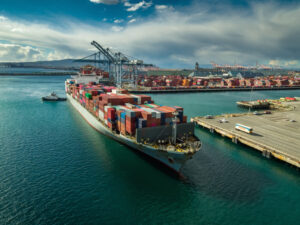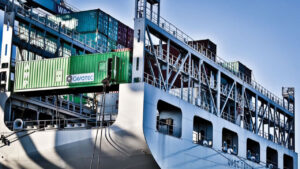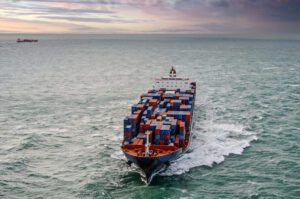With a score of 45.9, the January edition of the Stifel Logistics Confidence Index has marked a monthly recovery in an otherwise gloomy tale of decline.
Of the four trade lanes covered by the Index, Europe to US reversed is recent performance gains, and across all categories (air and sea, present and expected situation), recorded notable declines.
By contrast, the other trade lanes performed well on the whole, with Asia to Europe in particular displaying a considerable month on month improvement.
Given the results of previous January editions of the Stifel Index, seasonal uptick in performance is to be generally expected, particularly in the scores for the present situation, and so it may well be that the improvement measured for January 2016 is merely temporary.
The view from shipping analyst Drewry is that: “Insufficient measures to reduce ship capacity will lead to an acceleration of freight rate reductions and industry-wide losses in 2016,” with capacity continuing to grow faster than demand.
Technical Paper: Unprecedented Challenges: Tackling the Biggest Alliances
This perspective is corroborated by Alphaliner, who calculated that 24% of total carrier orders in 2015 were composed of ultra-large container vessels, each having a capacity of 18,000 to 22,000 TEU.
This will result in further cascading effects, and put greater pressure upon port facilities; an effect observed when the 18,000 TEU CMA-CGM Benjamin Franklin docked at the Port of Los Angeles, with the facility recording a preparation time of two weeks to be able to unload the vessel – such a procedure usually takes two to three days.
The logistics confidence index for sea freight alone improved by 0.3 points to 44.6, and regardless, when compared with the same month in 2015, the Index is 13.4 points lower, and it is also 12.2 points lower than in January 2014.
For the present situation, the Index continued to fall, losing 1.1 points to 39.6. Europe to US represented the poorest performing of the lanes, losing 6.3 points to 48.7. Similarly, US to Europe lost 4.4 points to 36.0. Asia to Europe achieved the best gains with a 3.4 point increase to 39.5 from December, whilst Europe to Asia gained 1.9 points to 34.8.
The expected situation Index for sea freight achieved an overall gain of 1.6 to 49.5, thanks to increases in three lanes. The exception amongst the lanes was Europe to US, which lost 2.6 points to total 54.3. The greatest increase was recorded by Asia to Europe, which rose 4.9 points to 52.7. US to Europe followed, with a gain of 2.3 points taking this lane to 45.0, whilst Europe to Asia rose 1.1 points to 45.8.








